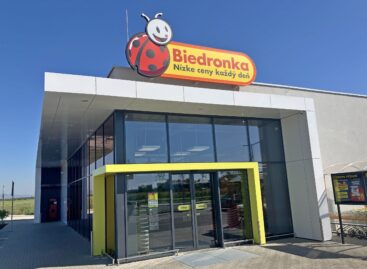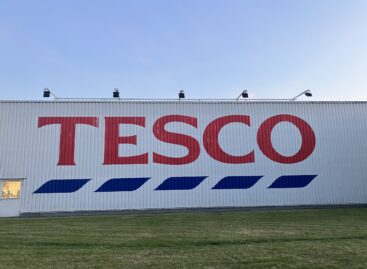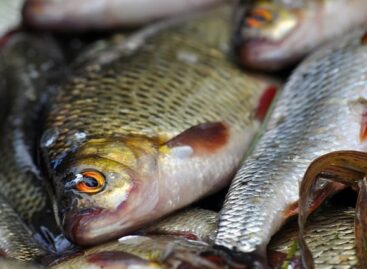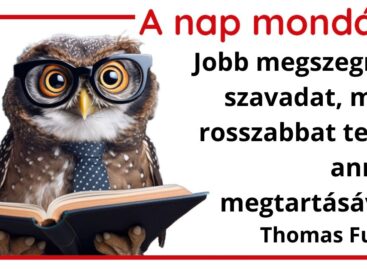Tedi Scales Fast with an Impulse-Driven Discovery Model
Tedi accelerates its European expansion with a scalable, discovery-driven discount model. The retailer leverages eye-catching, low-cost categories to entice shoppers and drive impulse purchases. Strategic acquisitions support growth in its German home market.
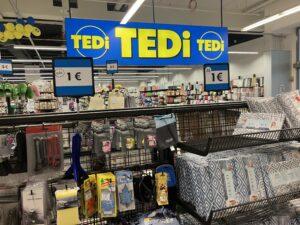
Tedi is building a scalable and highly flexible retail model focused on low-price, high-turnover non-food categories. With more than 2,000 stores in Germany and over 3,300 across Europe, the company is now entering a new phase of expansion. In Poland, Tedi expects to exceed 300 stores by the end of 2025, and at a European level, it aims to grow its network to 10,000 locations—more than tripling its current presence.
The core strength of Tedi’s store concept lies in creating a shopping environment that encourages discovery and creates surprise. Assortments are curated to support high impulse rates. Unlike competitors who focus on systematic category depth, Tedi emphasises breadth and novelty over continuity. Fashion plays a minor role, with garments and travel goods accounting for less than ten percent of the store layout.
Instead, the first impression is driven by colour and variety. Party goods, small decoration items, and handicraft articles are positioned near the entrance and make up around 13 percent of the assortment. These eye-catching and low-cost categories are central to Tedi’s brand identity and are among the most popular with shoppers. Seasonal and all-year decoration together occupy 25 percent of shelf space, also at the front of the store to entice customers onto the shopfloor. Homeware and textiles—including kitchen, bathroom, and cleaning ranges—form the foundation of the assortment, with 29 percent of space dedicated to these everyday utility categories.
The rest of the layout is reserved for low-share, high-turnover segments such as pet care, toys, DIY, office supplies, and beauty products—each occupying only a few percentage points. Food, unlike at Action, plays no strategic role.
Growth is also being fuelled by consolidation. In early 2025, Tedi received approval from the German Federal Cartel Office to acquire more than 80 stores from regional competitor Pfennigpfeiffer, strengthening its position in eastern Germany. At the same time, the company has emerged as a potential investor in home accessories retailer Depot, signaling a strategic interest in further integrating regional players into its network.
By scaling a discovery-driven store model, Tedi is capturing market share from mid-sized retailers and at the same time avoids cannibalization with other non food discount competitors.
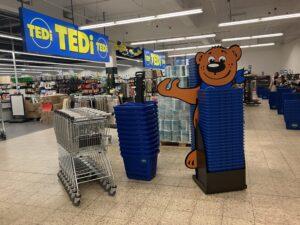
The store greets customers with a life-sized Tedi mascot, creating an inviting and playful atmosphere from the outset

Positioned at the store entrance, signage now reads “from 1 euro,” reflecting the retailer’s inflation-adjusted entry price messaging
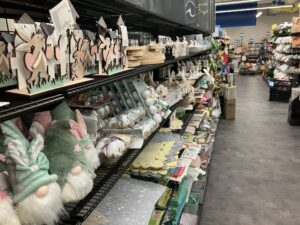
A large section at the front is dedicated to seasonal and year-round decorative items, driving visual impact and seasonal impulse

The gardening range is also placed at the entrance, reinforcing the seasonal appeal and encouraging unplanned purchases
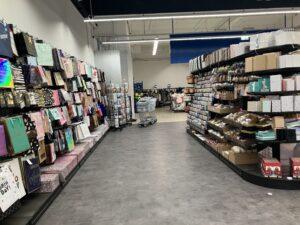
The first aisle features a curated gift item section, setting a cheerful tone for the customer journey
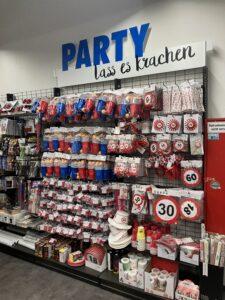
Party supplies run along the side wall and represent one of Tedi’s key categories, supported by clear in-store signage
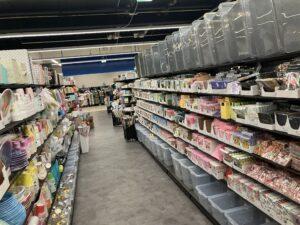
The assortment of disposable tableware and napkins is notably broad, colorful, and more varied than at most hypermarket competitors
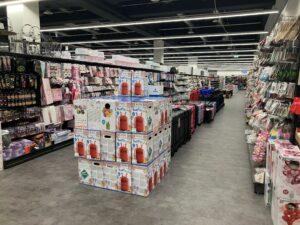
This particular location ranks among the largest Tedi stores in the region, allowing for expanded shelving and special placements
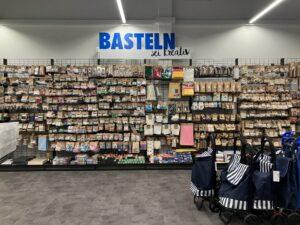
The handicraft section is one of the largest in-store, offering several hundred small items, many at the 1-euro price point
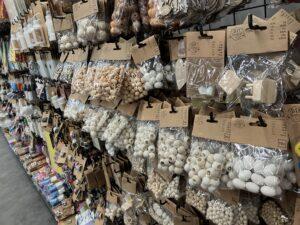
Across departments, price-entry items are consistently placed at eye level to reinforce the brand’s value-for-money positioning

End caps are used for standard assortment rather than promotional displays; larger items are placed on top shelves for visibility and space efficiency
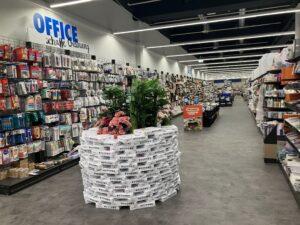
Compared to discount peers like Action and Woolworth, the office supplies section occupies significantly more floor space
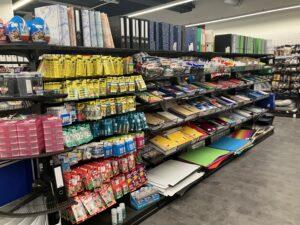
At the start of the office section, branded products at competitive prices are placed in the first shelving unit to strengthen the perception of price competitiveness
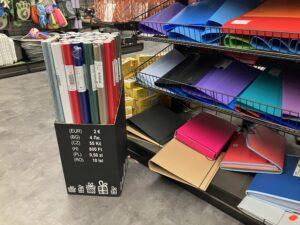
Secondary placements are executed in shelf-ready units with preprinted prices, mirroring efficiency standards from the grocery channel
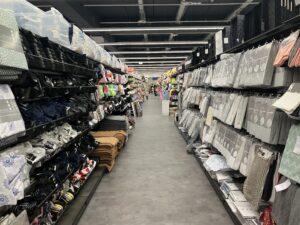
Fixtures such as hooks and baskets are tightly optimised to fit maximum SKUs per linear metre without visual clutter
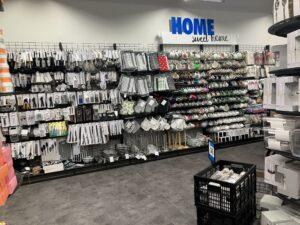
The Home category serves as the store’s backbone, offering a wide range of kitchen and household accessories
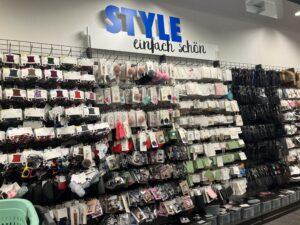
At the customer journey’s end, small fashion accessories are placed to invite spontaneous final additions, echoing the psychology behind the handicraft section.
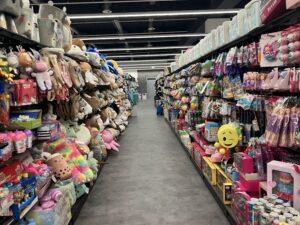
The toy section, placed toward the back of the store, targets young children and toddlers.
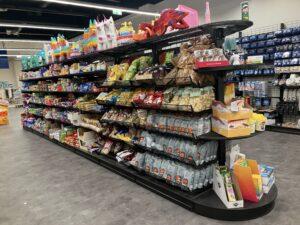
The final shelving unit before the checkout features food and beverage impulse items, including brand novelties not found in mainstream supermarkets.
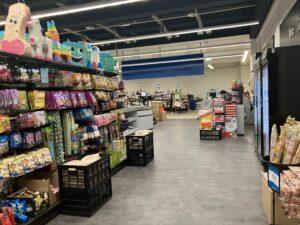
The store concludes with two traditional checkouts, defining a clear and structured checkout area.
Related news
A new format for Slovakia: Biedronka blends food retail with drugstore assortment
🎧 Hallgasd a cikket: Lejátszás Szünet Folytatás Leállítás Nyelv: Auto…
Read more >Tesco Slovakia leans on non food and UK-style value pricing
🎧 Hallgasd a cikket: Lejátszás Szünet Folytatás Leállítás Nyelv: Auto…
Read more >Action Achieves 17% Growth In 9M, Plans Croatian Launch
🎧 Hallgasd a cikket: Lejátszás Szünet Folytatás Leállítás Nyelv: Auto…
Read more >Related news
(HU) Kautzky Szemők Adrienn: Vigyázzunk a sarlatánokkal
🎧 Hallgasd a cikket: Lejátszás Szünet Folytatás Leállítás Nyelv: Auto…
Read more >The Hortobágy fish farm delivers one hundred tons of fish to stores every day
🎧 Hallgasd a cikket: Lejátszás Szünet Folytatás Leállítás Nyelv: Auto…
Read more >(HU) A nap mondása
🎧 Hallgasd a cikket: Lejátszás Szünet Folytatás Leállítás Nyelv: Auto…
Read more >
